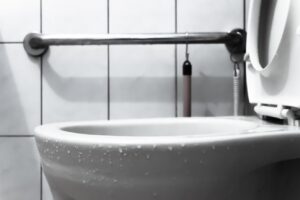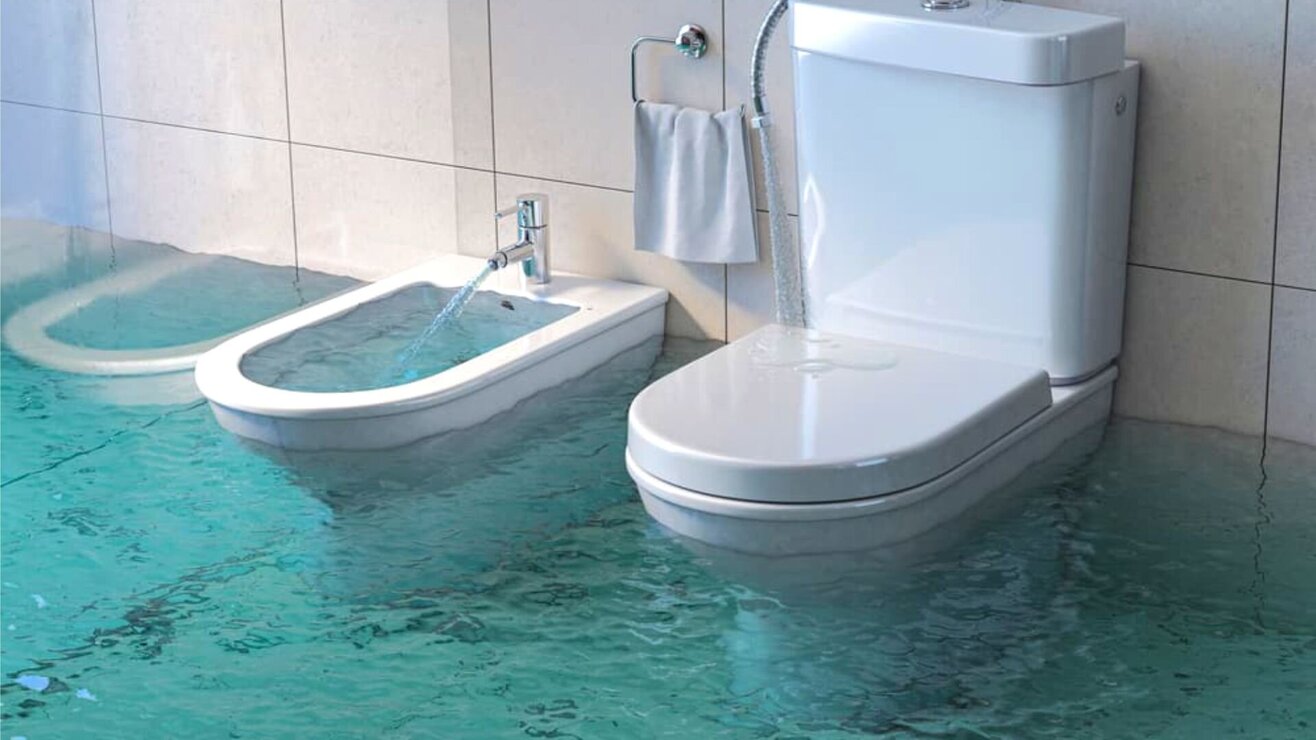
One of the most stressful situations you can encounter in your home is how to stop a toilet overflowing. You may have tons of questions on what best thing to begin doing is. Is it best to grab toilet plunger and start cleaning up? Should I grab some of the pipe cleaning chemicals I have? How about just flushing again and seeing what will happen?
The first and best advice we can start with is, don’t panic. There are many different solutions to solving this incredibly common issue. So before you start thinking there’s nothing you can do and call your plumber, here are the steps first to stop further damage. Following these precautionary steps could end up saving you hundreds of dollars in water damage and prevent any additional issues from occurring. Here is a quick list to help get out of this stressful situation!
See More: Best Flushing Toilet Easy To Use For Comfort & Relax
How to Stop a Toilet Overflowing
Table of Contents
Step 1: Remove the Lid
The first step to stop your overflowing toilet is to remove the lid to the tank from your toilet. Most lids are fragile so make sure to handle it safely and gently. After placing the lid in a safe area, be prepared to put your hand into the tank and close the toilet flapper valve.
Step 2: Close the Flapper Valve
The next step may be scary to some, but the water in the tank is completely sanitary, so don’t worry about your hand becoming unclean. The flapper valve is usually in the center of the tank and can be easily shut by pressing it down.
After you have successfully shut the toilet flush valve, you should lift the floater that operates the fill valve. If possible, have someone grab you a small piece of rope to try and rig the floater to stay in an up position.
Step 3: Close the Main Water Valve
After you have the floater in the upwards position, no more water should be entering the tank. The flapper valve should also now be keeping further water from overflowing the toilet bowl. If water levels do not begin to sink in the bowl after about a minute, you should now shut the water valve.
The water valve is usually attached to a pipe near the base of the toilet. After shutting the water valve, no more water should be able to enter the toilet or overflow the room. If the bowl is continuing to overflow after these steps you will now have to shut off your main water supply.
Step 4: Shut Off Your Main Water Supply
If all else has yet to stop the toilet from overflowing, you will want to shut off your main water supply. Most water supplies are located near the boiler room of a house and are usually labeled. If you are not sure where your main water supply is and the situation has not improved, immediately call a plumber.
Step 5: Cleaning and Troubleshooting
If your toilet has successfully stopped overflowing at this point, you will want to begin cleaning up the mess. Grasp a mop and some towels and begin to clean the excess water around your toilet. Make sure the area around your toilet is completely dry! This will prevent any warping or other water damage to your floor and house.
After the area around your toilet is clean you may begin troubleshooting how to unclog your toilet. If your toilet has already returned to normal water levels, you may have had a simple clog. If water levels are not too high, attempt to use a plunger on your toilet to break-up any small clogs.
If everything looks to be back to normal, detach the floater and turn the valves back on. If no further issues happen, you’re all set! Keep an eye on the toilet for additional problems that could happen. If the toilet levels don’t drop, you should plan on calling a plumber who will be able to help fix the problem.
Final Verdict
Make sure to remain calm throughout this stressful time. If the toilet continues to overflow or won’t flush, call a plumber as soon as possible. Do not flush an overflowing toilet, or put any chemicals into the toilet. Chemicals are likely to cause even more issues and could become a safety hazard to yourself and others.
Always keep an eye on your toilet even after everything seems fine, as issues with internal pipes could also be causing problems. If you are worried about damages or don’t think the issue can be resolved yourself, call a local plumber. Remember, you can save yourself lots of time and worry by following these steps, and you can do all of it!
